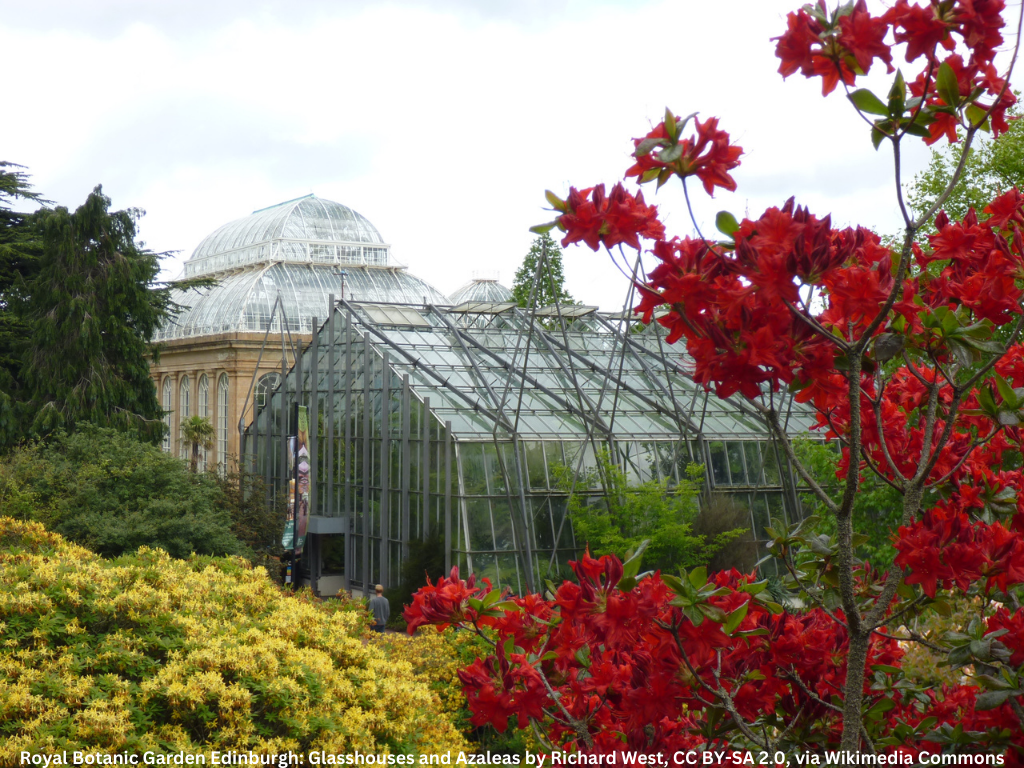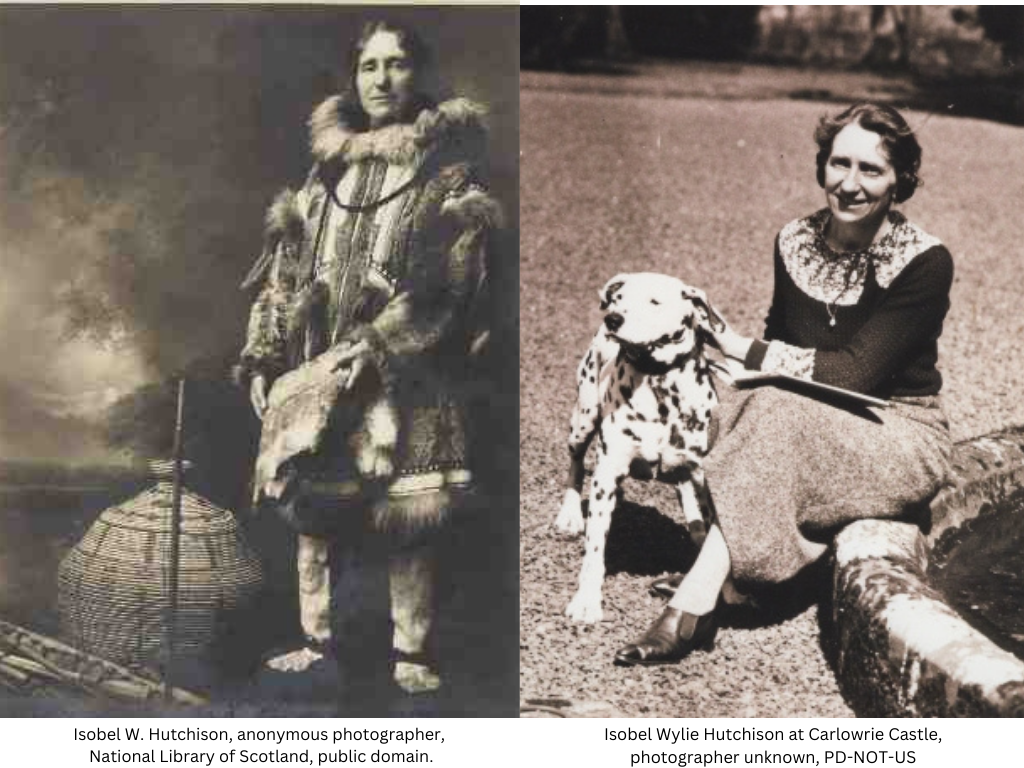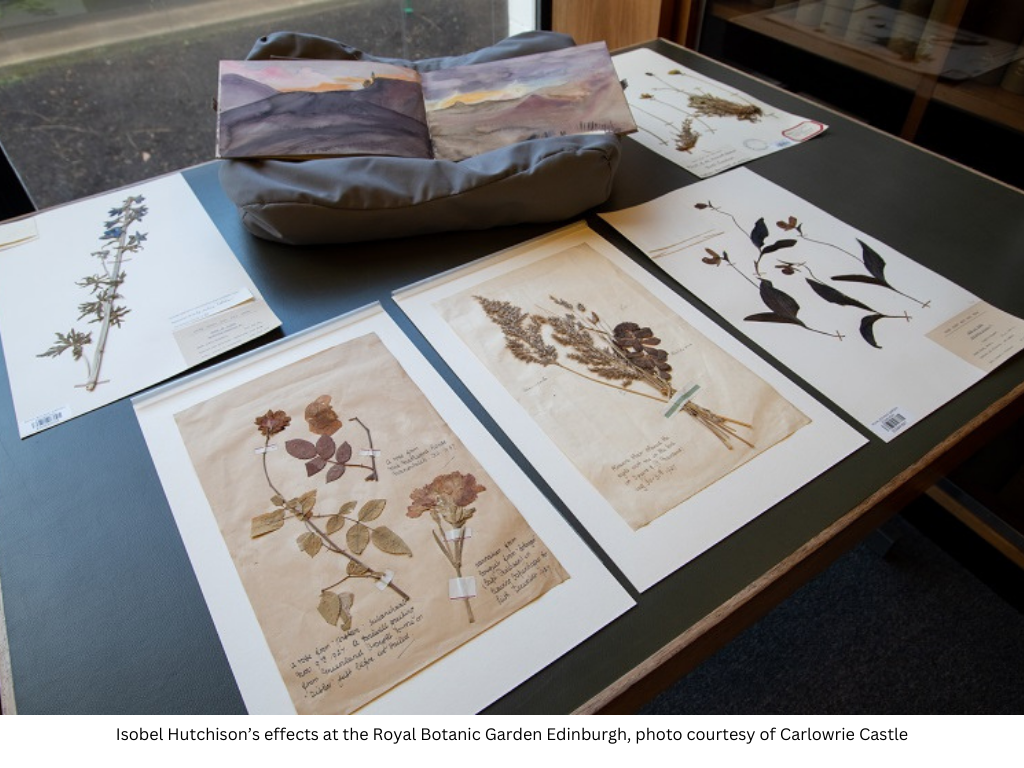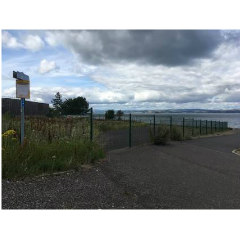Royal Botanic Garden Edinburgh, John Hope Gateway Visitor Centre, Arboretum Place, EH3 5NZ

Isobel Wylie Hutchison (1889 – 1982) was a Scottish Arctic traveller, botanist and polyglot. She was a prolific writer and published many books and articles about her travels. Hutchison also recorded film footage of her travels, some of the oldest documentary footage existing today. Her papers were gifted to the National Library of Scotland, and many of the plants she collected on her travels can be found here, at the Royal Botanic Garden in Edinburgh. Hutchison was the first woman to receive the Mungo Park Medal from the Royal Scottish Geographical Society, and in 1949, the University of St Andrews awarded her an honorary degree, recognising her contributions to research and her “indomitable spirit”.



Note: If you wish to view the specimens Hutchison donated to the Botanic Garden, a visit to the Herbarium must be scheduled in advance.
Sources:
- “Isobel Wylie Hutchison.” Wikipedia, Wikimedia Foundation, 14 Sept. 2023, https://en.wikipedia.org/wiki/Isobel_Wylie_Hutchison
- McKenna, Dympna. “Isobel Wylie Hutchison: The Quiet Explorer: Hist Env Scotland.” Historic Environment Scotland Blog, 20 May 2022 https://blog.historicenvironment.scot/2020/03/isobel-hutchison/
- “About Isobel W. Hutchison.” Isobel Wylie Hutchison, www.isobelwyliehutchison.com/about. Accessed 21 Sept. 2023.
Additional links:
- Biography of Isobel Wylie Hutchison, National Library of Scotland, including film footage recorded by Hutchison.
- Royal Botanic Garden Edinburgh: Isobel Wylie Collection, Herbarium Catalogue for Hutchison
- Isobel Wylie Hutchison blog site
- Carlowrie Castle – History
- Arctic Landscape, watercolour by Isobel Wylie Hutchison, National Gallery of Scotland

